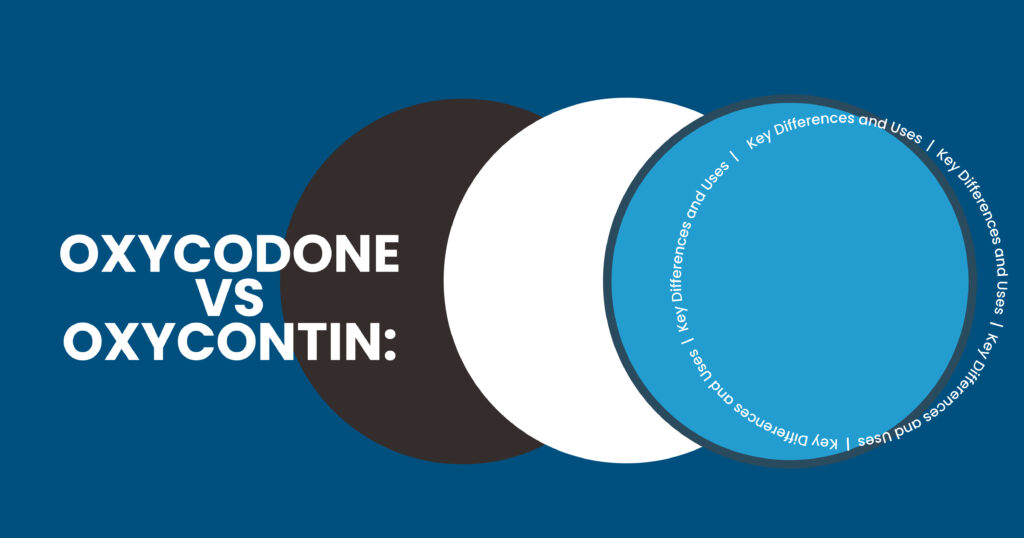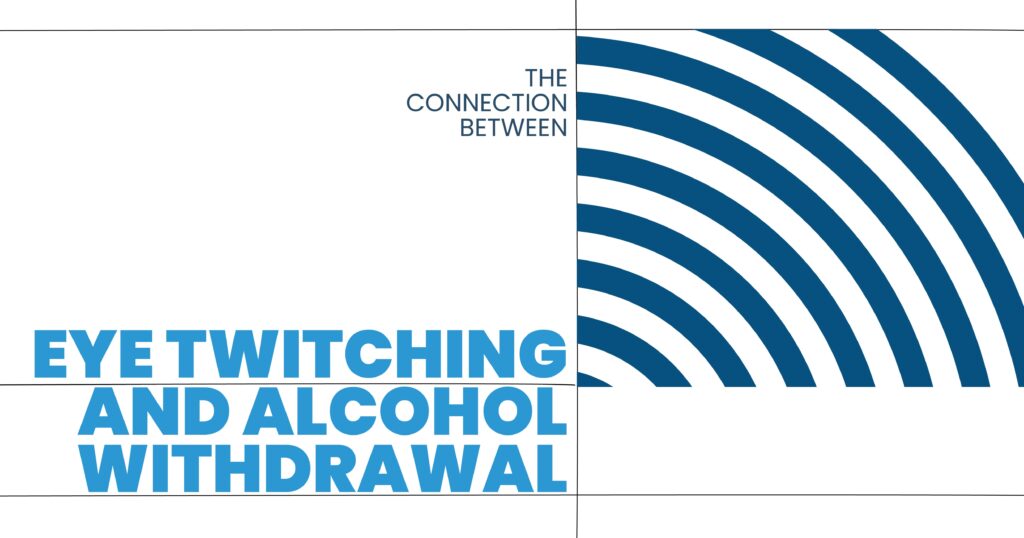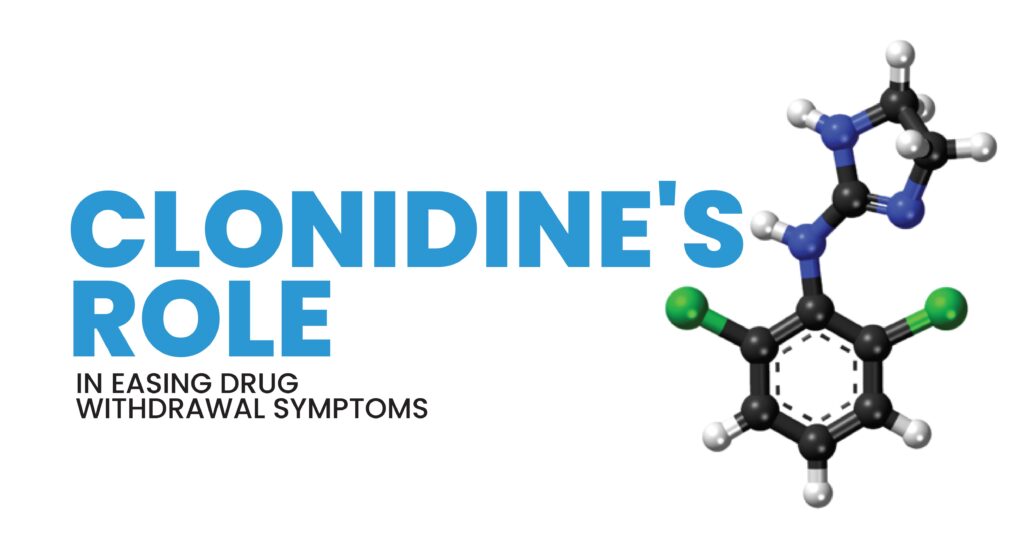Oxycodone Vs OxyContin: Key Differences and Uses

Authored By:
Raleigh Souther

Edited By:
Chase Mcquown

Medically Reviewed By:
Dr. Alejandro Alva
- Last Updated:

Two of the somewhat misunderstood prescription medications in pain management are Oxycodone and OxyContin. They are opioid pain relievers that can be used in moderate and severe pain relief, but differ in various aspects like method of application, method of formulation, and body response to the medication. Those who might be contemplating alternative ways to manage pain or those on prescription medicine ought to pay closer attention to the argument that is playing out regarding the use of Oxycodone or OxyContin.
The article will outline the differences, use, benefits, and drawbacks of oxycodone and oxyContin and provide us with the facts that could facilitate us in making a more informed choice on handling the pain.
What Are Oxycodone and OxyContin?
Defining Oxycodone and Its Uses
Oxycodone is a painkiller that relieves moderate to severe pain and changes the brain’s and nervous system’s response to pain. It is available in several forms, including immediate-release tablets, capsules, and liquid. It is regularly used to treat acute post-operative or post-traumatic pain and prolonged and chronic pain.
Nevertheless, oxycodone, albeit being effective, tends to lead to misuse, addiction, and overdose in case of such abuse. As a patient, you are advised to take action based on your doctor’s words.
Understanding OxyContin and Its Role in Pain Management
How Oxycodone and OxyContin Work
The two medications, both Oxycodone and OxyContin, are opioids which have the same effect, they bind to an opioid receptor in the body which is an opioid receptor blocking the pain signal, causing the pain to stop. Nevertheless, specific disparities are valuable in their functionality, underlying their application in pain treatments.
OxyContin is a brand of an extended-release form of the drug oxycodone. It is programmed to give out oxycodone at a controlled rate, which offers long-term use against pain. This contrasts with oxycodone, which is usually prescribed in immediate-release medications, offering rapid relief with a short duration.
Mechanism of Action for Oxycodone
Oxycodone interacts with opioid receptors in the spinal cord and brain, preventing the transmission of pain impulses and lessening the pain. When used as OxyContin, oxycodone is slow-acting; the drug tends to be slow to enter the bloodstream. Nevertheless, oxycodone is a rapid-acting, immediate-release agent.
The two drugs are equally effective, and their use varies depending on the nature and magnitude of a patient’s pain.
The Extended-Release Formulation of OxyContin
The process of releasing and processing the medication is also the biggest difference between immediate-release (IR) forms and extended—or prolonged-release (ER or PR) ones.
The immediate-release oxycodone is administered to treat severe pain that requires an immediate response. It usually involves a maximum of 30mm following its administration to begin alleviating the pain. Nevertheless, it disappears after only several hours have passed; therefore, the person needs to continue using the medication to relieve pain.

Comparatively, the OxyContin extended-release format releases oxycodone over a prolonged period. It also relieves chronic pain, as it acts very slowly and lasts 12 hours or more. Owing to its long-lasting effect, OxyContin may help decrease drug intake. It is generally suitable to give it to individuals with chronic and ever-present pain.
Immediate-Release vs. Extended-Release: Key Differences
Immediate-release oxycodone aids patients who need a prompt solution to their acute pain. It is widely recommended after surgery, injury, or illness that causes acute severe pain. The first advantage of this composition is that it acts fast, and relief is noticed within minutes.
Nevertheless, due to the short duration of action, the patients might require several doses during the day. Also, it presents a greater risk of addiction and abuse, given its quick effects and addictions. Patients should also stick to their doses and take them at the desired rate so they do not overuse them.
Benefits and Limitations of Immediate-Release Oxycodone
Applications in Pain Management
With the right conditions, OxyContin may be able to provide a life-saving answer to chronically aching individuals, especially those with cancer pain, back pain, or arthritis. Its prolonged-release structure enables patients not to feel pain throughout the day and night. It is much more convenient, especially when a patient needs pain treatment at any time of day. OxyContin is best suited to those who cannot use medication regularly – those requiring a more regular dose.
However, the long-acting version of OxyContin is connected to certain dangers too, especially to its misuse. When the pill is broken or crushed, the drug is released at once, and this is associated with a risk of high overdose.
Prescribing for Acute Pain Situations
Acute pain scenarios are not generally treated with OxyContin. It is more applicable when managing chronic and long-lasting pain, where pain requires persistent, steady relief. Immediate-release oxycodone is preferred in patients who need immediate relief of pain from surgery or injury.
Addressing Chronic Pain With Prescription Drugs
Managing pain is a process of balance, more so for persons with chronic pain. Addictive pharmaceuticals such as oxycodone or OxyContin are often prescribed to aid in the management of persistent pain, and they even enable patients to have relatively enormous lives. Nevertheless, there are compelling issues about addiction, side effects, and general health risks following long-term use of such opioids.
Side Effects and Risks Associated with Use
Like any other opioid drug, oxycodone and OxyContin may be associated with numerous side effects. They may be as mild as constipation, dizziness, and other side effects, or as grave as respiratory depression and overdose. There is a high possibility of being addicted to these drugs and dying as a result of severe side effects due to overuse or improper use of the drugs.
Common Side Effects of Oxycodone and OxyContin
Weakness and fatigue are some of the common side effects of oxycodone and OxyContin.
- Drowsiness
- Nausea
- Constipation
- Dizziness
- Problems with respiration
Patients should use these drugs under the guidance of a healthcare professional, who is essential for monitoring potential side effects and ensuring proper use.

Learn More at Visalia Recovery Center
Oxycodone and OxyContin have high levels of addiction risks associated with them. These drugs can produce an easy addiction to the brain and body with use. This is especially so among individuals who consume higher than any prescribed doses or abuse the medication.
We offer a solution to the opioid epidemic. Visalia Recovery Center provides strong support to individuals struggling with opioid addiction. If you or a loved one has been harmed by misusing prescription drugs, do not hesitate to contact us. We also provide outpatient programs that will assist you in healing safely and successfully.
If you are facing challenges with oxycodone or oxyContin, contact us for guidance and support in achieving your goals.
FAQs
What are the addiction potential and risk factors associated with oxycodone and OxyContin?
There are chances of addiction with both Oxycodone and OxyContin, though the risk is higher when they are abused or used long term. It has side effects: respiratory depression and dependence when a person overuses it, which can be life-threatening.
What is the difference between immediate-release and extended-release opioid medications for pain relief?
Immediate-release opiates are rapid-onset and often reach their effect in 30 minutes after administration, but require several hours. Longer-acting medications like OxyContin are long-acting and prolong the release of a steady pain drug, typically 12 to 24 hours.
How do oxycodone and OxyContin address chronic and acute pain differently?
The immediate-release formulation of oxycodone is usually used in the case of acute pain to provide rapid analgesia. OxyContin in extended release is available to address chronic pain that is chronic and therefore causes repeated but long-term pain reduction.
Why might a doctor prescribe extended-release OxyContin over immediate-release oxycodone?
A doctor can administer an extended-release OxyContin to treat individuals with chronic pain or those who cannot operate without pain relievers during the day or night, and more so those with a persistent pain condition. Oxycodone immediate-release is usually used in short-term acute pain cases.
What are the common side effects of prescription drugs like oxycodone and OxyContin in pain management?
Oxycodone and OxyContin have the most common side effects, which include drowsiness, constipation, nausea, dizziness, and Difficulty in Breathing. Its usage among health care professionals should be well-monitored to ensure safety.


